F1 2024 preview: Same cast, different script?
There are no driver changes on the F1 grid, but as the racing starts, Mark Hughes explains why upheaval is on its way – making 2024 an intriguing season...
Getty Images
With Hamilton to Ferrari for 2025 – and the avalanche of driver moves likely to follow, is the upcoming 2024 season already just a placeholder even before it’s begun? For the first time in history, there was not a single off-season driver line-up change. The technical regulations have been left pretty much alone too. So, should we expect a repeat of 2023? Another season of Verstappen–Red Bull annihilation of the opposition despite the recent management upheaval there?
Well, everything is in place for that team to continue to fly high even if Christian Horner is not there (and we await to hear the outcome of the internal investigation at the time of writing). If he does leave, his absence will surely be felt in the longer term. But for now, in the physical hardware at his disposal, and the super-sharp team operating it, Max Verstappen has all that he needs to do what he’s always done, which is to wring every last gram of performance from his racing car. It’s unlikely that it will be uncompetitive. If he’s less dominant than he was, it will only be because the others have stepped up their game. We live in hope.
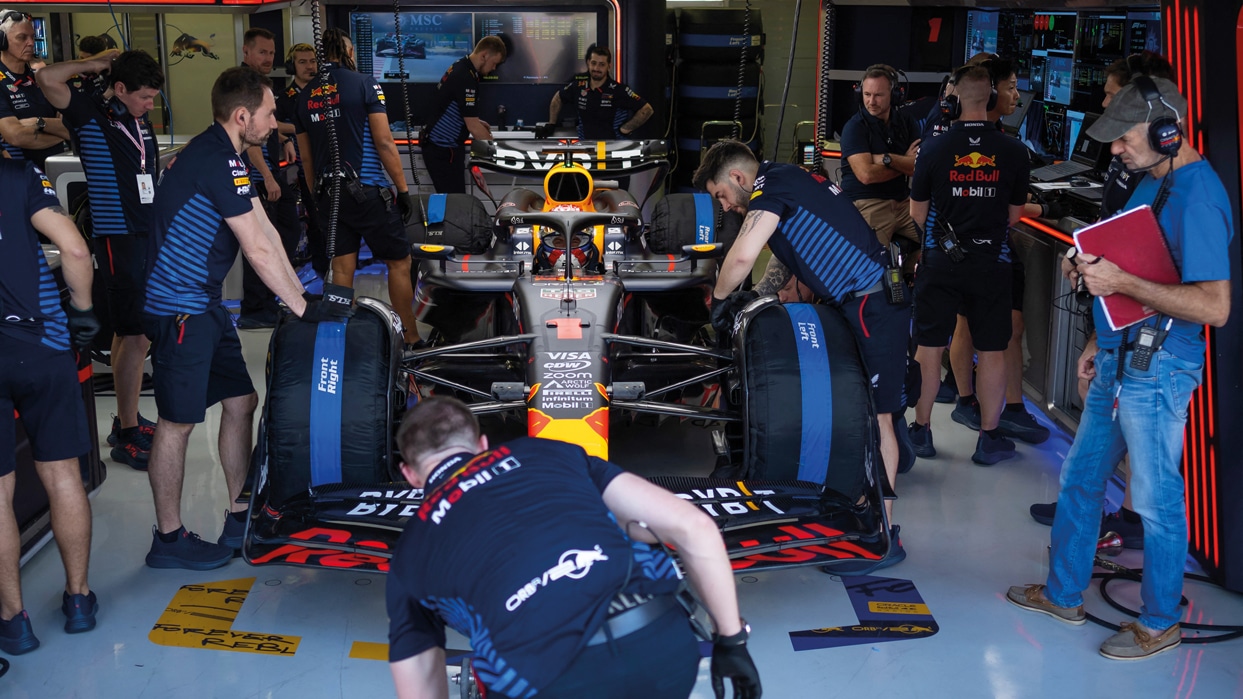
Adrian Newey, above, oversees preparation for Max Verstappen’s Red Bull at pre-season testing in Bahrain
Getty Images
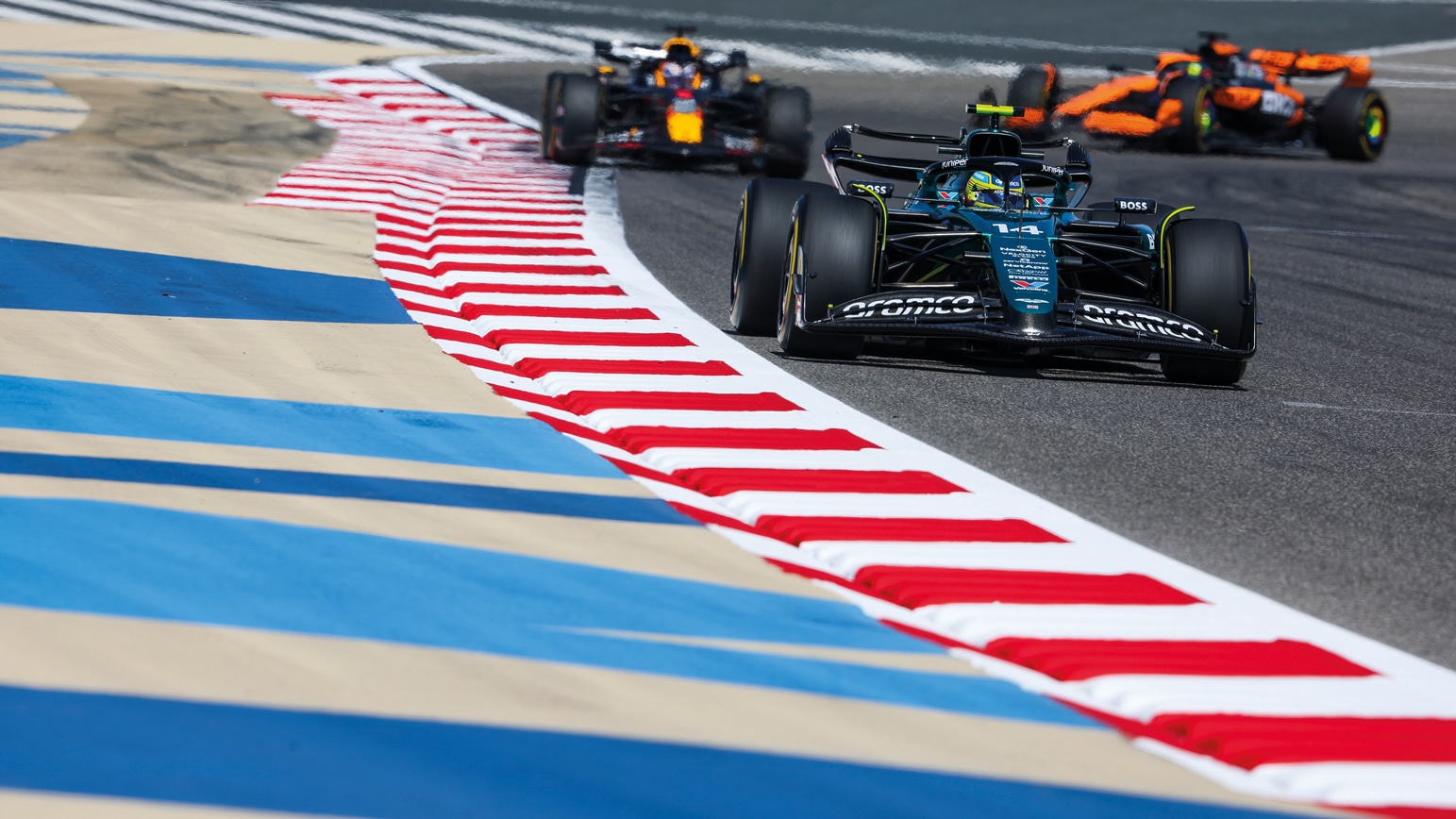
Perhaps a sight we’ll see through the season – Fernando Alonso in front of a Red Bull RB20
DPPI
But for the hope of a more competitive season to become a reality requires a) at least one of Mercedes, Ferrari or McLaren (and preferably all three) to have fully understood the Red Bull’s underbody/suspension philosophy and b) for Red Bull not to have found a whole lot more performance.
What should be considered in each of the two pre-conditions for a closer season of racing is that they both reside within a tiny window of ride height. In the ‘venturi’ cars of these regulations, mechanical bouncing intervenes to deny access to ultimate downforce.

Verstappen with the new RB20… Just how good is this car?
Getty Images
Aerodynamically, these cars want to run with the rear almost scraping the ground at all times, as the downforce increases exponentially in the last couple of millimetres of gap between the ground and the tunnel’s throat. But in the absence of active suspension the car naturally rises up at the rear as speed bleeds off, so reducing the ‘ground effect’ help at lower speeds. This implies a rear suspension both very stiff and of limited travel – to minimise the ride height changes at different speeds. A suspension stiff enough to cope with the downforce capable of being created by the floor will tend to induce a resonance in frequency with the chassis, triggering the mechanical bouncing which destroys the whole process.
So there has to be a certain surrendering of theoretical peak downforce. Quite aside from increasing the bouncing risk, maximising the peak will use up valuable suspension travel, thereby enforcing a higher static ride height. Better to surrender some peak downforce to allow a lower static ride height for greater downforce through the slower corners.
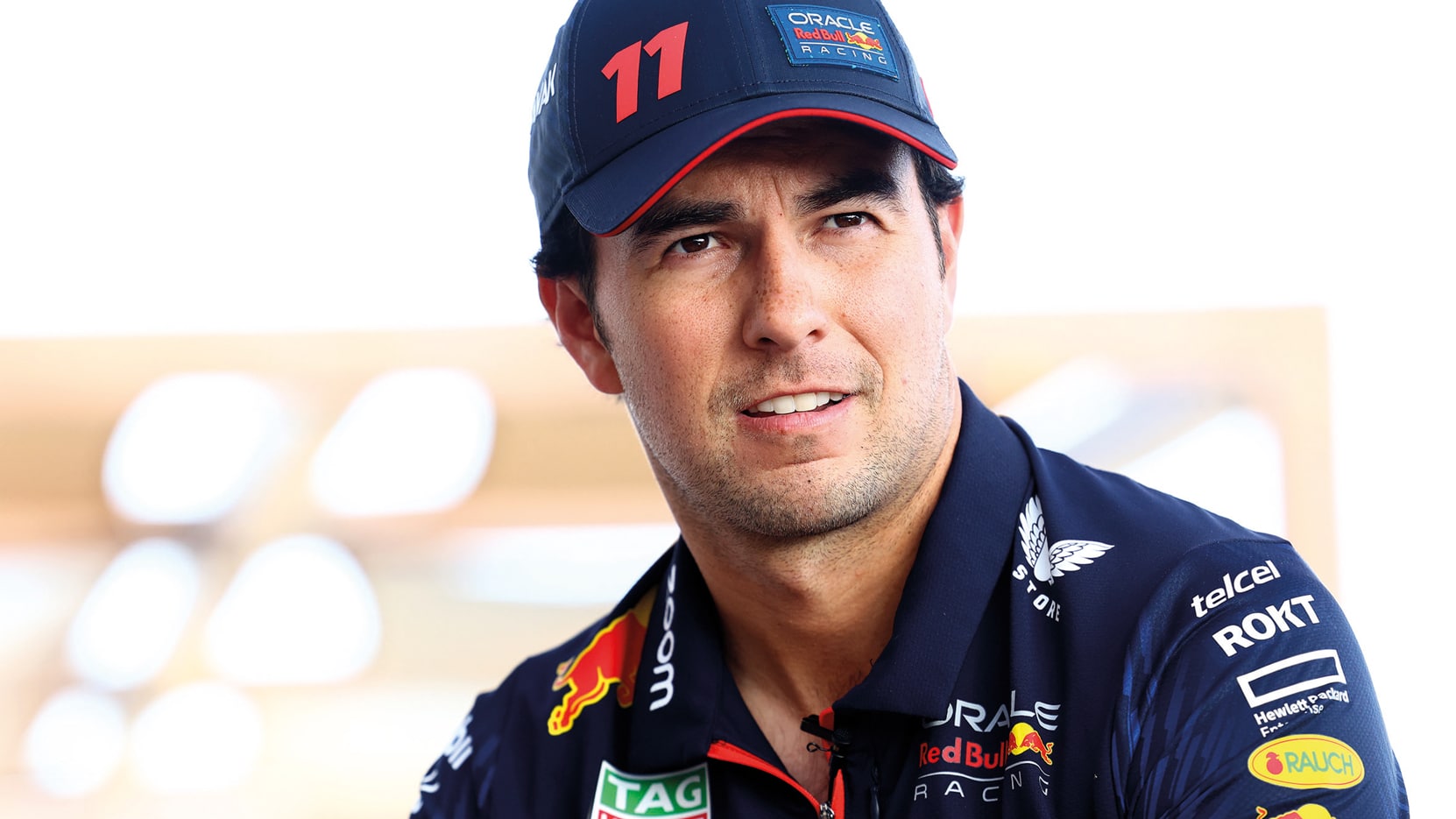
They’re queuing up for Sergio Pérez’s Red Bull seat
Getty Images

It’s a massive season for Mercedes’ George Russell
DPPI
With that now as your baseline target, the underfloor design will look quite different to how it would if peak downforce were being chased. That was the crucial difference between the Red Bull and every other car in the first season of these regulations a couple of years ago. Furthermore, if you can – within the regulatory limitations of it being a fully mechanical system with no hydraulics – have a clever suspension variable rate which minimises how much valuable ride height is used up at high speed, you can get an even better compromise.
So that is the battlefield. How well Mercedes, Ferrari and McLaren have exploited the full implications of all that and incorporated it into their 2024 cars will determine if they have at least got themselves onto the same page as Red Bull. But what if Red Bull, with its head start, has found yet more? That’s certainly the niggling concern of McLaren team principal Andrea Stella. “When we think specifically about Red Bull,” he said recently, “there’s one element that obviously I think puts everyone in doubt as to what’s going to happen in 2024 – and it’s the fact [Red Bull] haven’t developed their car very much in ’23. Have they accumulated development that they will capitalise onto next year’s car?”
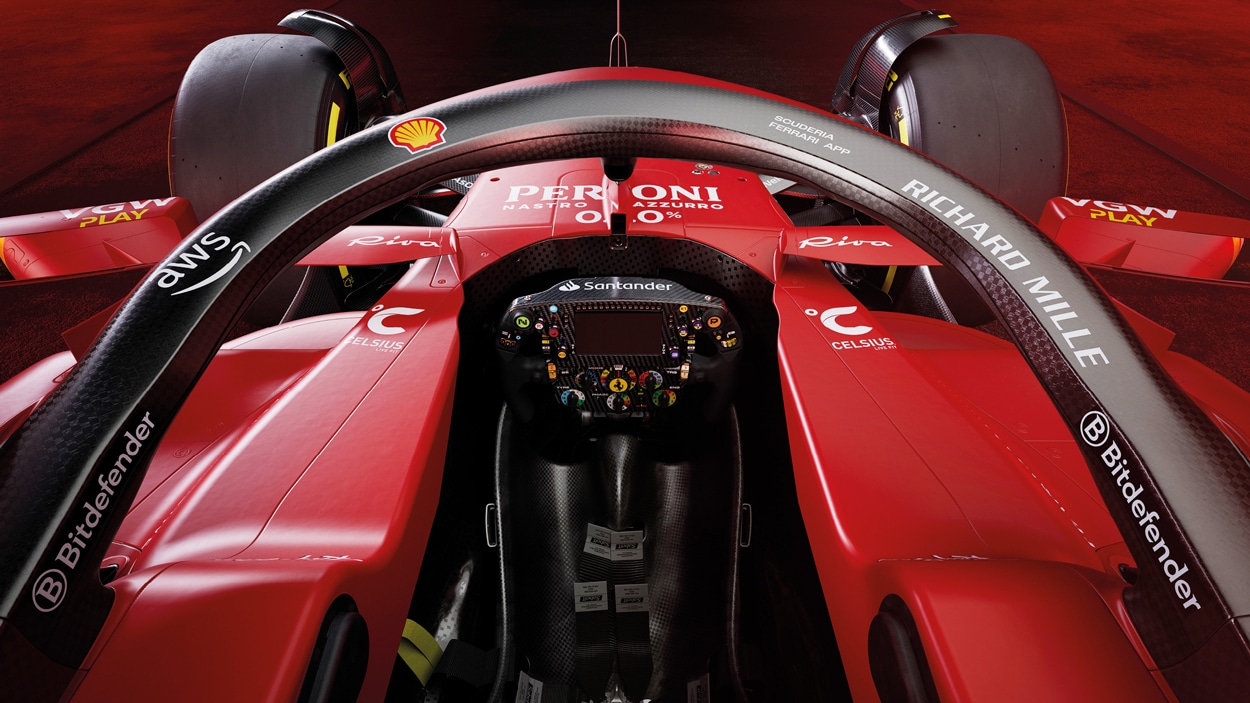
Both Ferrari drivers have points to prove in ’24
Getty Images
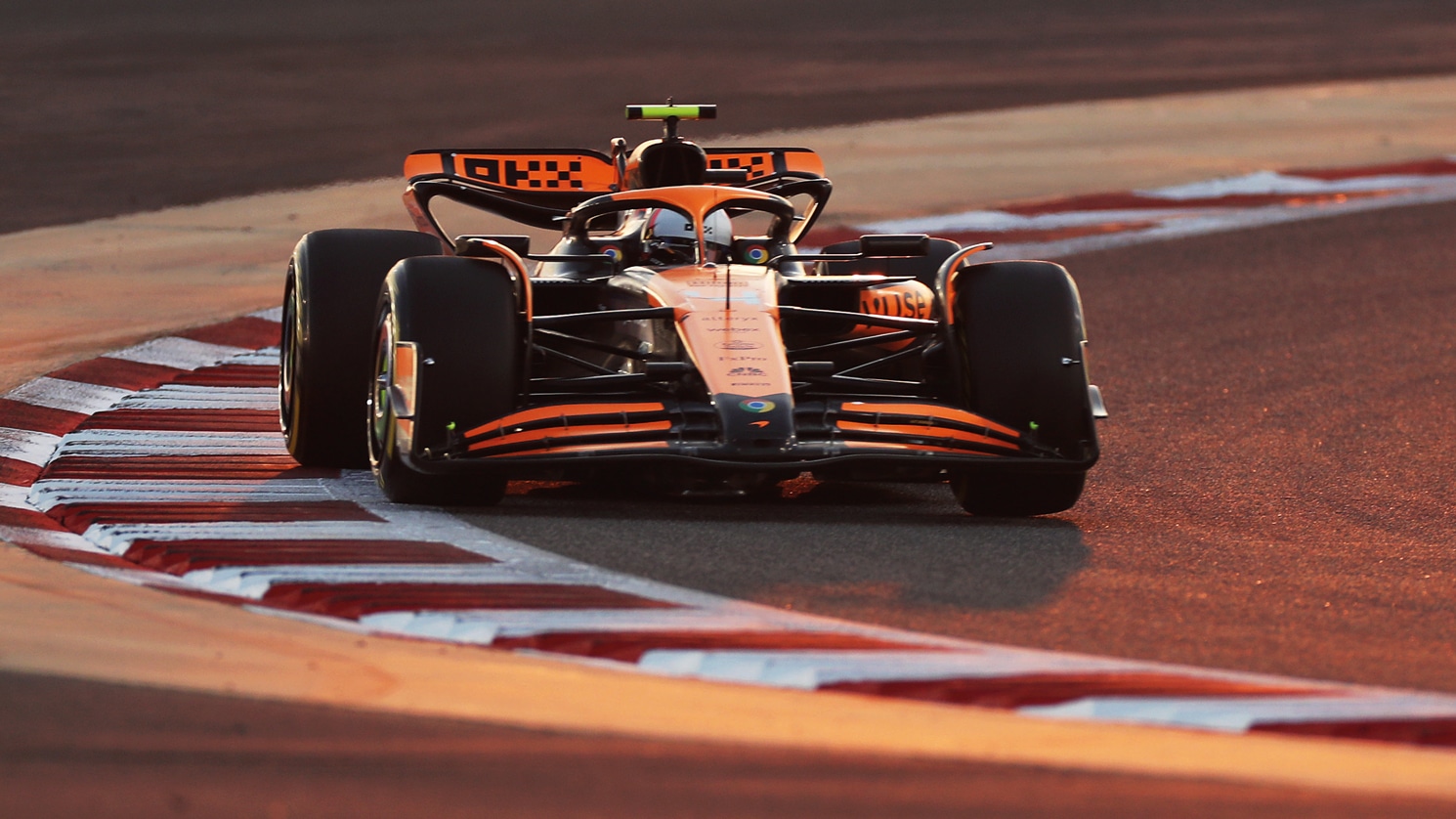
We should expect Lando Norris to be among the frontrunners in a resurgent McLaren
Getty Images
It’s perfectly possible to continue to develop a car in simulation, making it ever-faster in that virtual world, without actually making those development parts and putting them on the real car, especially in the cost-cap environment. If Red Bull was indeed doing that last year, who knows what it may have found? “This is my theory,” said Stella of his fear. “I can’t think that Red Bull were not in condition to develop their car – but they might have decided not to deliver upgrades.”
Verstappen has won 44 races in just the last three seasons. He’s contracted to Red Bull until the end of 2028. It’s not inconceivable he wins every title until then, is it? Which would put him on a record-breaking eight championships. But will the team withstand the recent rupture intact? What will the fall-out be? This season will provide the first clues.
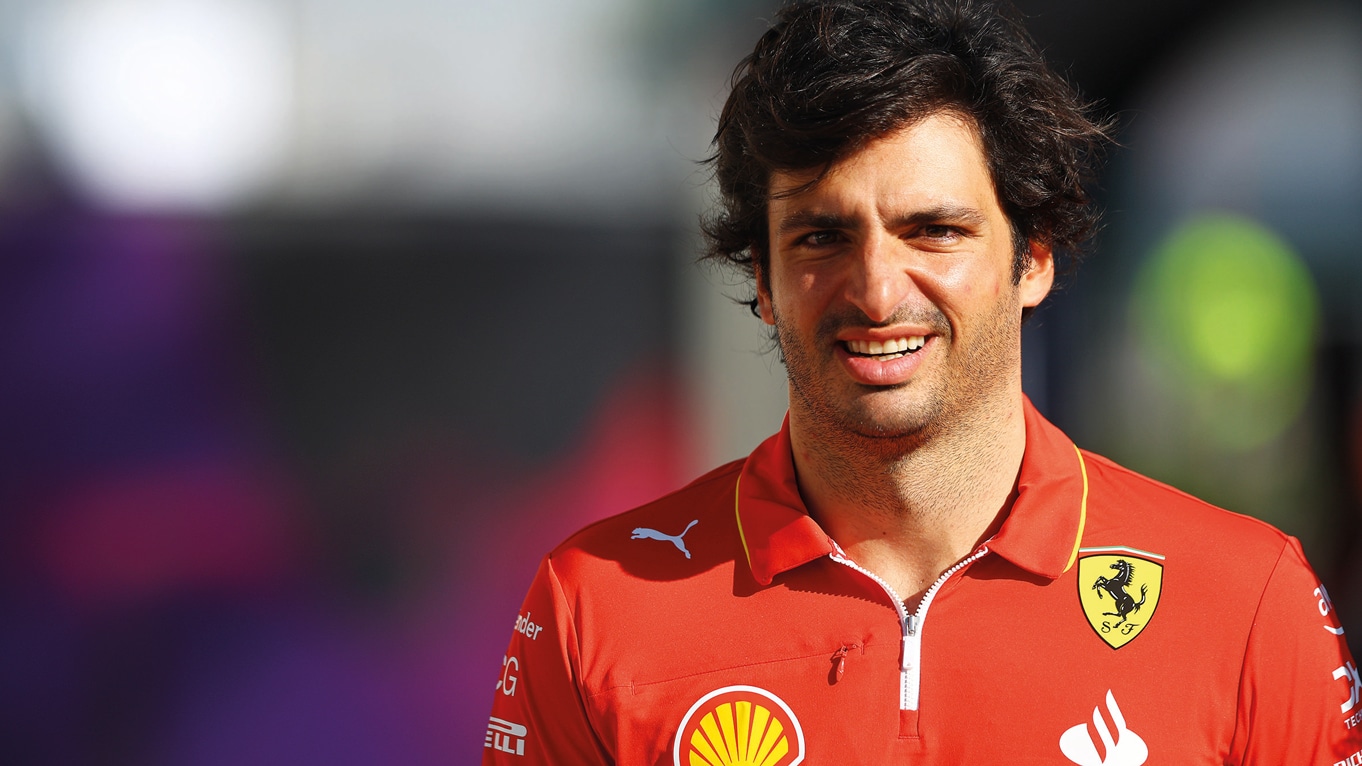
Carlos Sainz was the only non-Red Bull race winner in ’23
Getty Images
“Pérez is a support driver regardless of what his contract says”
We have had great seasons in the past when one team had a dominant car – McLaren in the Senna/Prost years, 2016 Hamilton/Rosberg at Mercedes, for example – but it’s unrealistic to ask that of Sergio Pérez as Verstappen’s team-mate. He just isn’t that calibre of driver despite his many admirable traits. He’s a support driver regardless of what his contract says, regardless of how fiercely he fights that reality. Red Bull says it’s in Pérez’s own hands through his performances this season whether he retains the seat into 2025 – but there’s going to be some tough competition for that place, even though Lando Norris has turned his back on it by extending his McLaren deal.
This was a tricky call for Norris. He was quite frank in admitting he didn’t think it was realistic to expect to beat Verstappen in Verstappen’s own team and how that played a part in his decision to further commit to help McLaren become a force which might compete with Red Bull instead. McLaren’s progress last year was remarkable and Norris was usually its standard bearer. But not always. There were days when the rookie Oscar Piastri and his stunning corner speed was faster. He just couldn’t resolve the tyre equation as well on race day. He needs to show this season that’s no longer an issue – in which case if McLaren can provide a competitive car, he’s going to be able to go head-to-head with anyone, undaunted. This is a fascinating driver line-up, potentially the best out there and although they are each superficially easy-going and signed up to the team ethic of moving forward together, they’ve made contact once already.
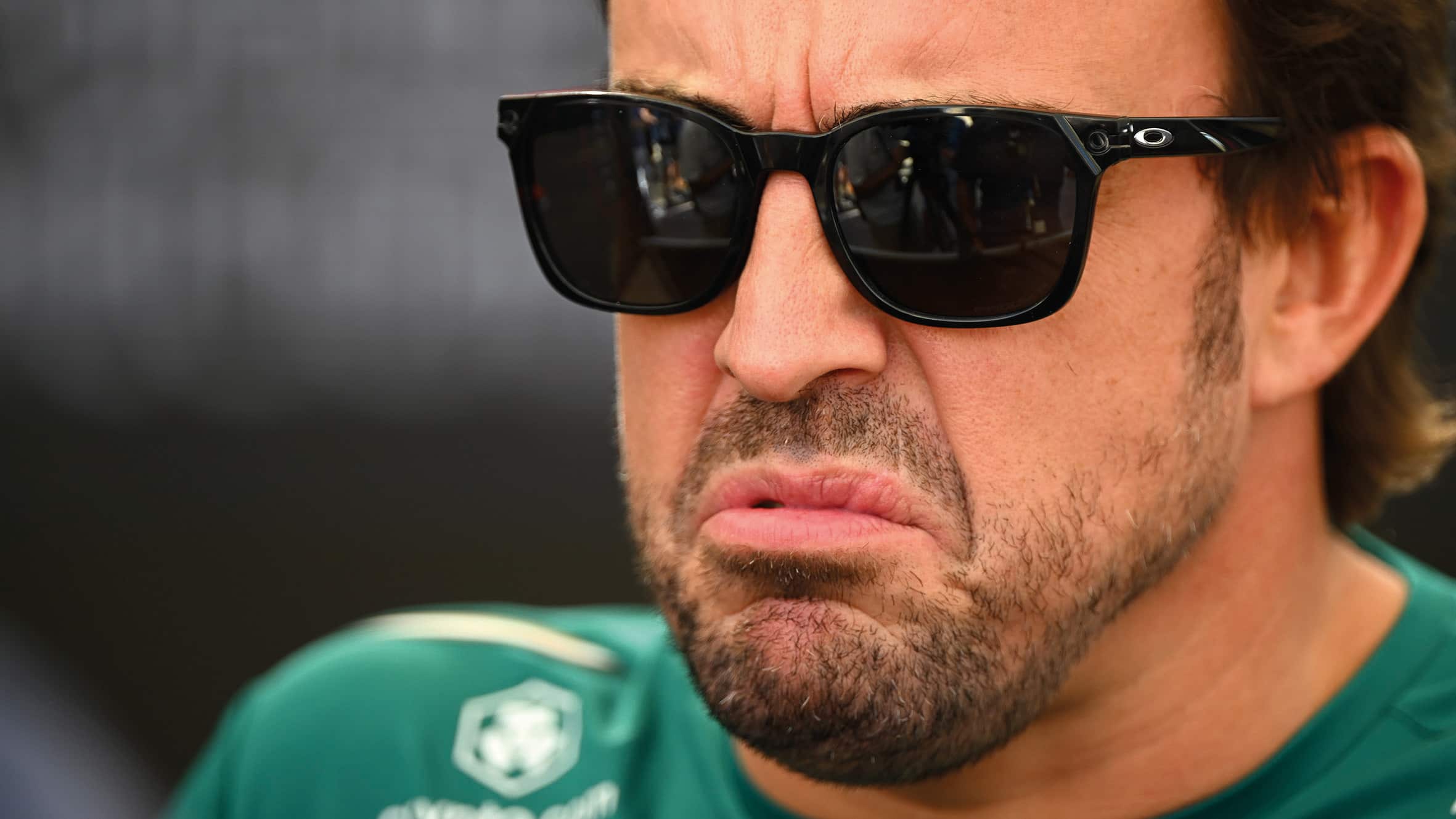
Getty Images
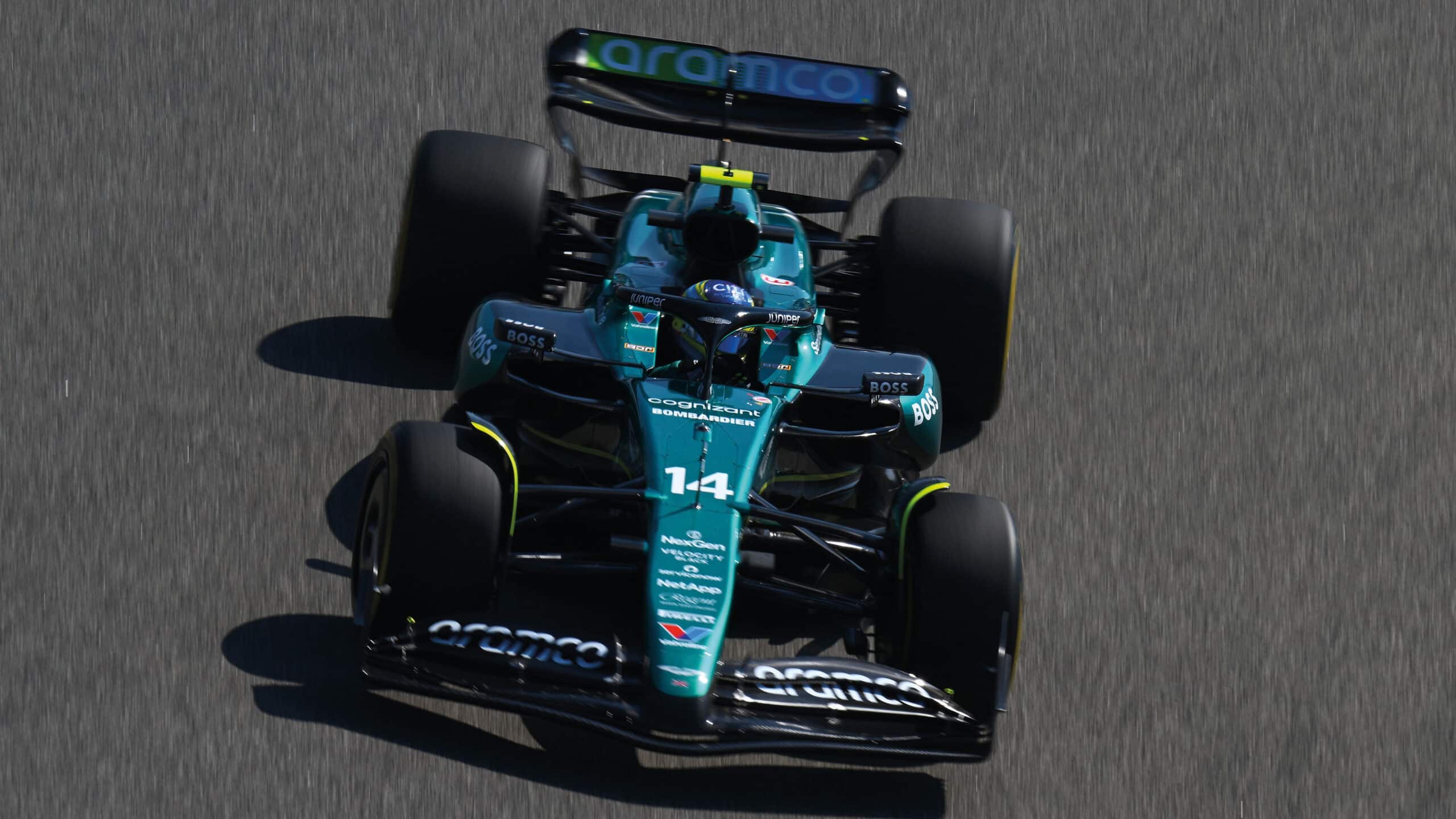
Fernando Alonso might be 42 but he has a win or two left in him
Getty Images
“Hamilton and Sainz are contesting ’24 knowing it is their final season with their existing teams”
Hamilton’s 2025 Ferrari deal means both he and Carlos Sainz are contesting ’24 knowing it’s their final season with their existing teams. Which puts the respective performance of Mercedes and Ferrari into a potentially fascinating light. If Mercedes flies and Ferrari struggles – or vice-versa – Hamilton’s switch of teams carries even greater significance. If Mercedes has somehow found the ‘treasure’ that its technical director James Allison likes to refer to, could Hamilton even secure that eighth title before he leaves – and thereby make that record achievement unattainable for Verstappen until beyond his current contract? That would be something of a blow to George Russell, given that he’s the Mercedes driver who is staying. After that great breakthrough victory in Brazil ’22 – with Hamilton hot in his wheel tracks applying the pressure – Russell was unable to follow up last year and had an untypically messy season. Now would be the perfect time to bounce back hard.
Sainz is in an invidious position. Of his generation, who are the fastest three guys? Verstappen, Leclerc and Norris? He’s been team-mates to all of them, has outqualified two of them over a season and competed hard with them all. The only non-Red Bull driver to win a race last year, he’s smart, fast and combative (as the ferocity of his defence against Leclerc in Monza underlined). But he’s lost his place at Ferrari. Given the circumstances of his position within the team in this final year and the psychological blow of having been released, could he still somehow summon the desire and ability to perform so strongly in ’24 as to induce Red Bull into bringing him back into the fold? Or might his season end up looking more like Sebastian Vettel’s final year there in 2020, deflated and unsupported? Regardless, he’s probably got a long-term Audi lifeline on offer.
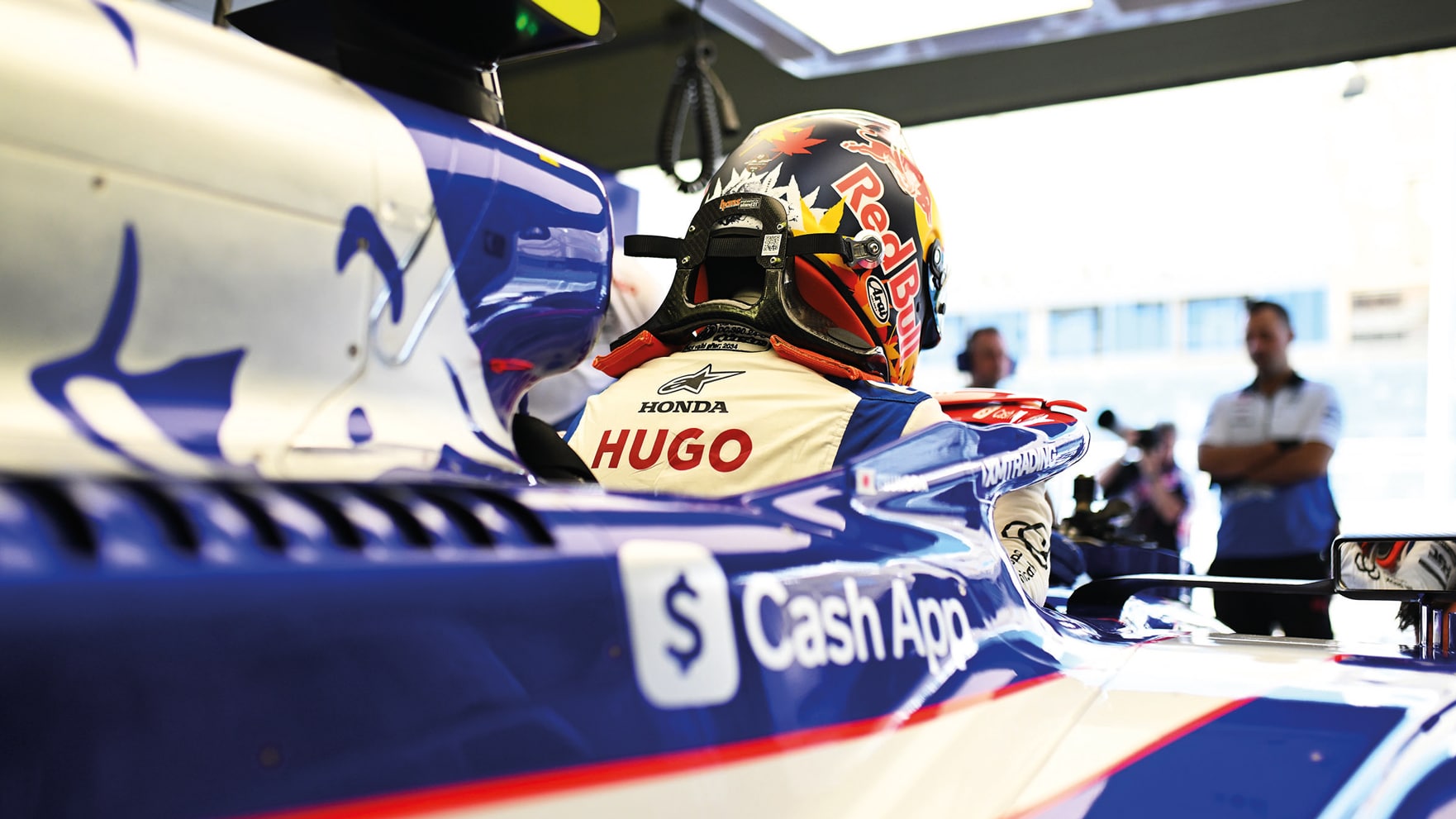
Yuki Tsunoda in the RB VCARB 01
Getty Images
Charles Leclerc has outqualified every team-mate he’s ever had over a season and may very well be the fastest guy out there over a single lap. His ability to wring the neck of the car has many times seen him transcend his Ferrari’s natural level and that he has only five wins after five seasons at the Scuderia says much more about the team’s shortcomings than his. He was recruited to the team as its big hope for the future and three generations of management have put him at the centre of it. In this respect, the recruitment of Hamilton for ’25 is a potential threat to that internal status and although he has every reason to be confident he can take on the multiple world champion, there’s a potentially delicate dynamic at play here between Leclerc and the team. For ’24 we can be sure he will absolutely maximise whatever they give him. But how good what they give him will be is far less certain. Ferrari’s technical director Enrico Cardile does not seem as convinced as most of his peers as to the enhanced importance of suspension under these regulations so there’s intrigue in how that plays out in ’24, given the spotlight which will be upon them.
Aston Martin and Mercedes were both interested in taking Leclerc but in recently extending his deal he’s again hitched his career wagon to Ferrari. With Verstappen at Red Bull and Hamilton at Mercedes for so many years Ferrari was realistically the only place for him to be and so a driver who could have been fighting out world titles with those guys has been left in something of a career vacuum as a Ferrari hero in a non-Ferrari era, rather like Gilles Villeneuve a few decades earlier. As his original long-term deal there neared its end, so Mercedes no longer looked the sure-fire thing it had done a few years earlier. Hence try again and hope.
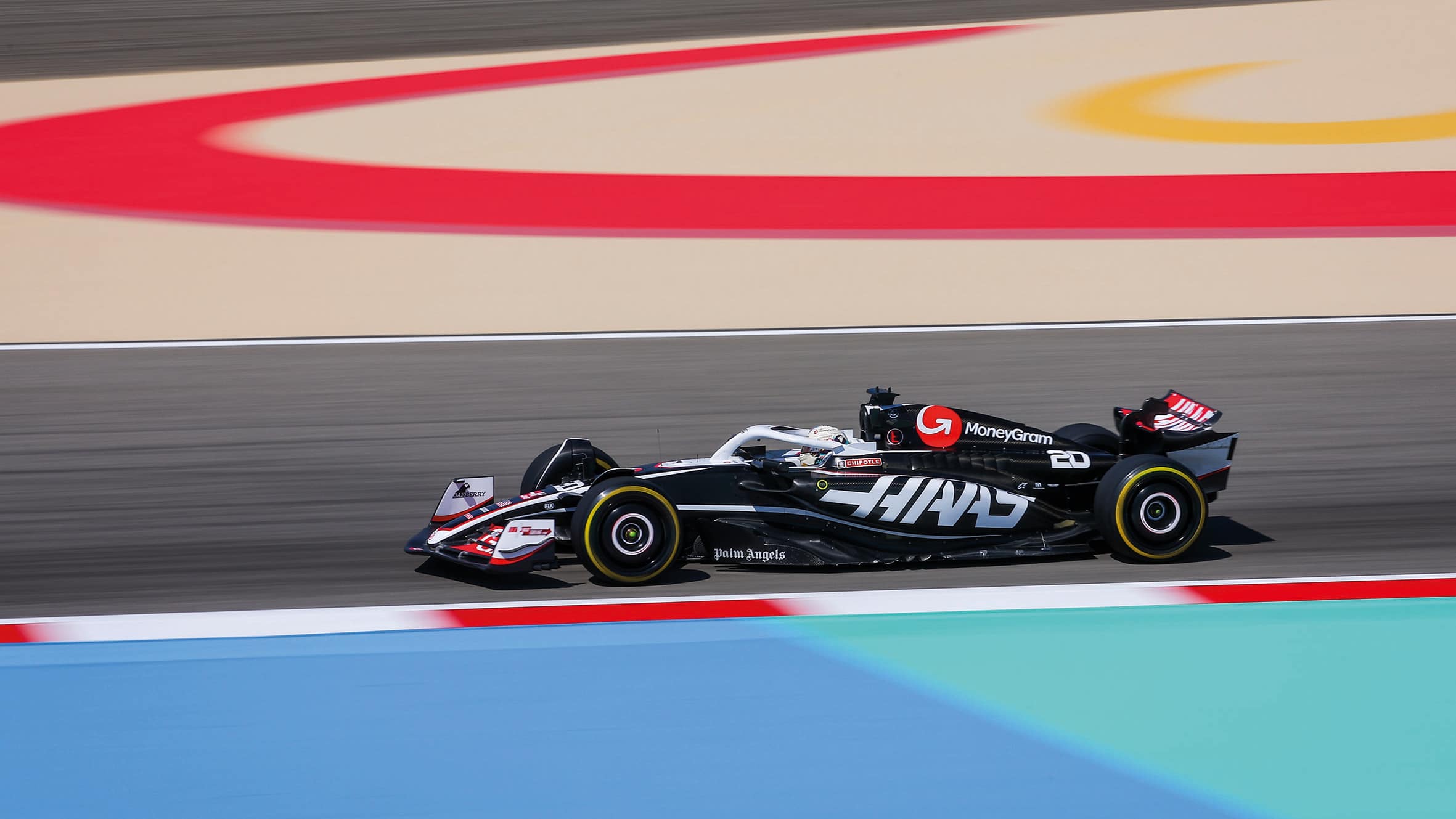
Kevin Magnussen must dream of midfield mediocrity
DPPI
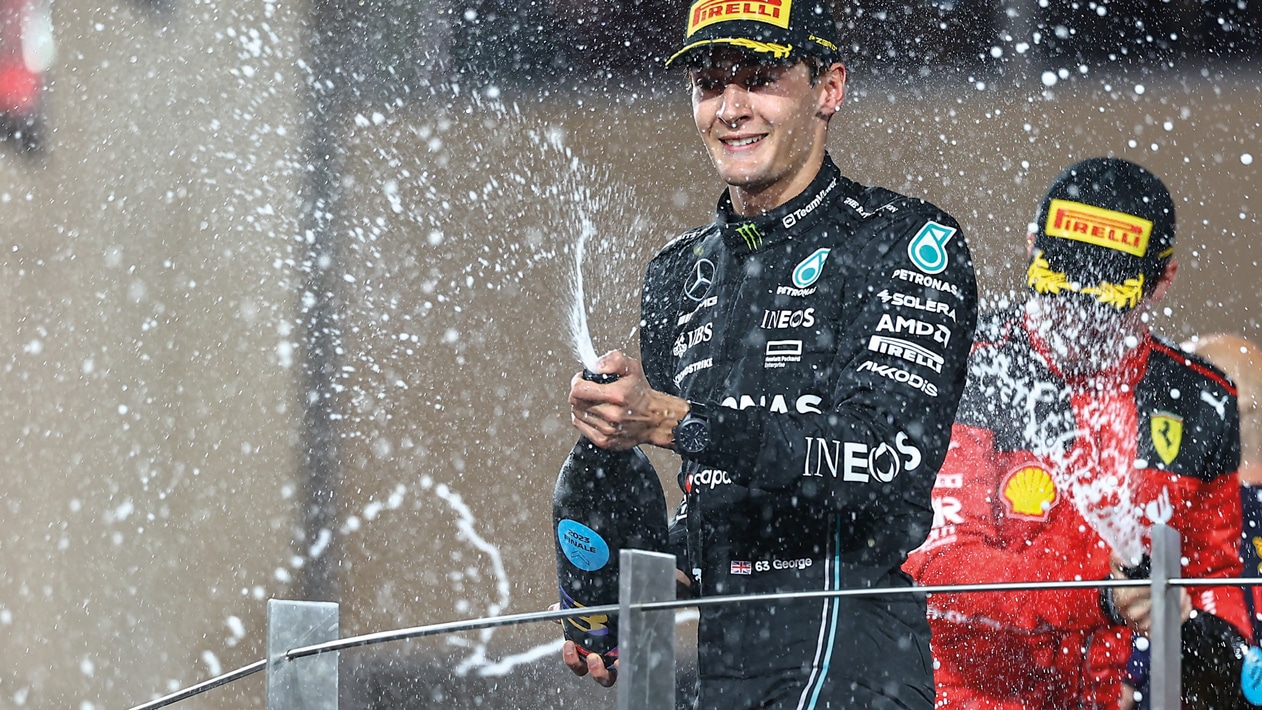
George Russell hopes to pop a few more corks in ’24
Getty Images
Fernando Alonso was once in that position and stayed five years in Maranello until he surrendered and in trying to get his contract shortened got it annulled instead, not realising until too late he’d been played. So began Alonso’s wilderness era, one of the sport’s very greatest wasted year after year in mediocre machinery, yet somehow still giving everything of himself. It was frustrating to watch but last year he somehow came out the other side thanks to the arrival of Aston Martin as a competitive force (for half the year, at least). At 42 years old he was in magnificent form but into the season’s second half the Aston lost competitiveness, a development direction which didn’t work or a stricter interpretation by the FIA of a technical directive, take your pick. It went from being a couple of tenths faster than the identically powered Mercedes to a couple of tenths slower.
So the big question hanging over the team for ’24 is whether its new car provides a route back to where they were in the first half of last year. With Alonso contracted only until the end of the season, what other surprises may he have in store? He acknowledges that he has a finite career timeframe although he’s quite confident he can still perform at the required level until his late forties, “Maybe even 50.” But within that timeframe he is absolutely plotting his route to another world title, be it with Aston – which has repeatedly stated it wants to extend his contract – Mercedes or whichever he feels can best meet that objective. “There are three fast world champions in the grid,” he said at the new car’s launch, “but only one of them is available from 2025.” How the Aston Martin flies relative to Mercedes and Red Bull this season may well determine the final chapter of this remarkable career.

Is Alex Albon a Red Bull possibility?
Getty Images
So much for the contenders. Amid the challengers are a variety of intriguing storylines. If the renamed RB (formerly AlphaTauri) produces a fast car from within its new technology base within the Red Bull campus at Milton Keynes, there is going to be a stink.
“Most other major sports prohibit the ownership of two teams”
McLaren Racing CEO Zak Brown has raised his objections even before the car has turned a wheel. “Most other major sports prohibit the ownership of two teams within the same league because of the obvious potential damage that it does to competition,” he said in an open letter in December. “It’s an unhealthy situation because it impacts decisions made both on and off the track. Whether it’s a case of having access to more data, sharing components/personnel, or even having influence over a strategic vote, it’s not in the spirit of the regulations. It’s important to stand up for independence, competition and fairness, and I’d like to see changes in the regulations to ensure that in future, they stop influence spreading from one team to another through strategic alliances and especially through ownership. Formula 1 should be true to its brand, and every team – except power units – should be totally independent of each other.”

Mohammed Ben Sulayem and Zak Brown – perhaps discussing Red Bull’s four cars on the grid
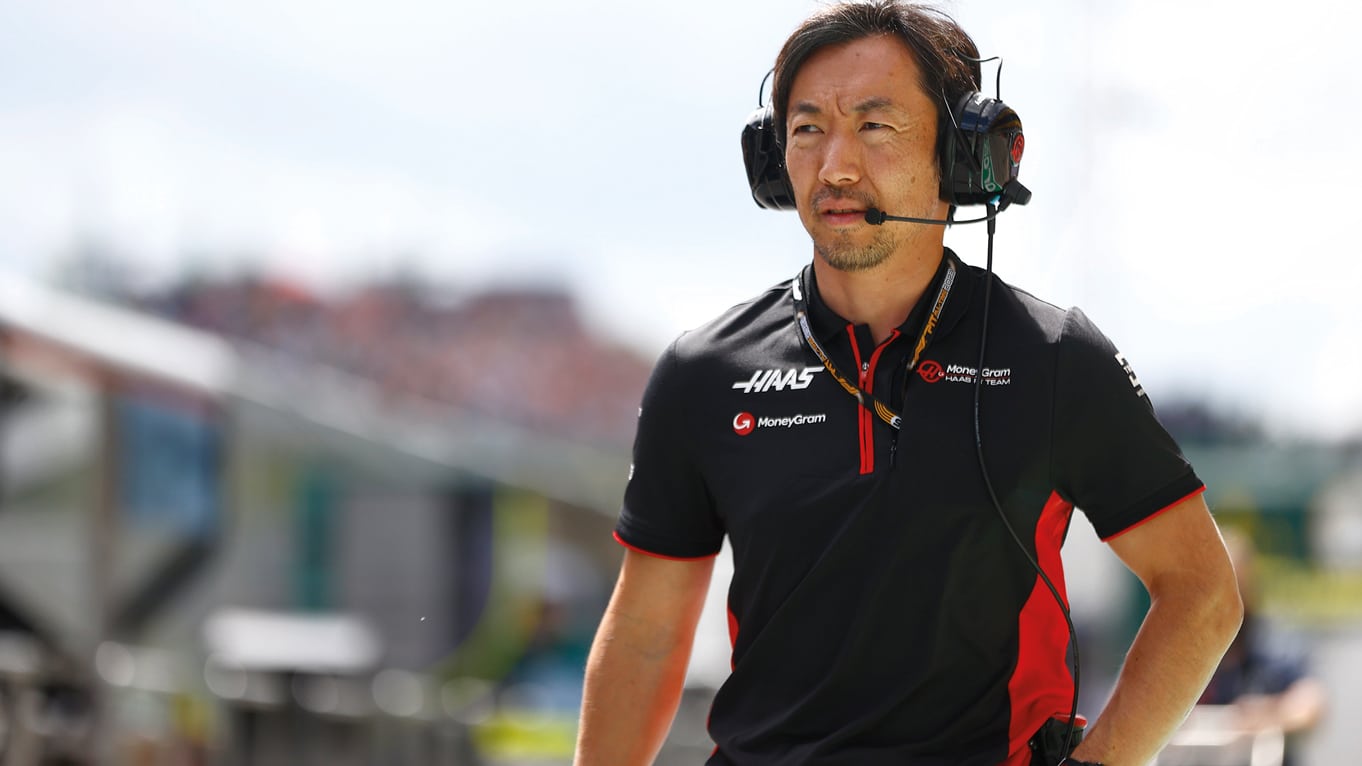
New Haas team principal Ayao Komatsu has big shoes to fill
LAT
He’s not alone in that view among the team principals, so if Daniel Ricciardo and/or Yuki Tsunoda begin to rise above the midfield station of the team the new principal Laurent Mekies has got a thankless task ahead of him. Ricciardo meanwhile is not as far along as Alonso in his return to the big league – but that’s his stated intention, with his eye on Pérez’s Red Bull seat.
He’s not alone in coveting that place. Alex Albon is very much up for a return there, feeling he’s a much more complete driver going into his third season at Williams than when he was last at Red Bull as little more than a rookie thrown into Max Verstappen’s territory. Thing is, he’s not contractually free until ’26. Contracts are just the starting point for negotiations, as any F1 fan knows, but Williams will fight fiercely to keep him. The best way of doing that is to demonstrate its progress under the direction of James Vowles, going into his second year as a team principal. A difficult car in ’24 could seriously strain the so-far happy Williams-Albon relationship.
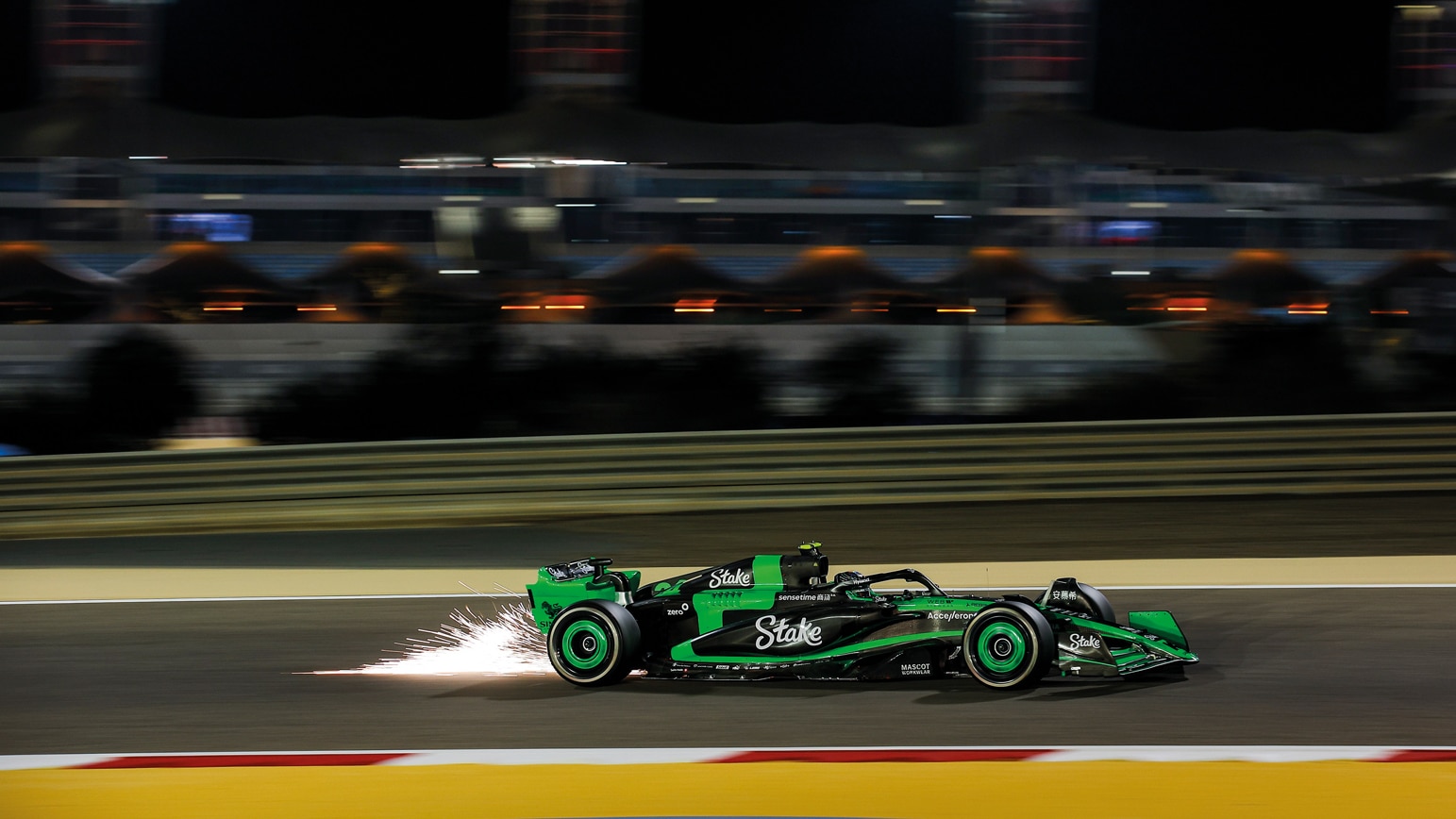
How do you like your Stake – well done? Zhou Guanyu lights up testing in Bahrain
DPPI
Alpine accepts it’s down on power for the remaining two years of this formula but feels it can mitigate against it. It’s in the sort of backs-to-the-wall situation in which it has flourished in the past and both Esteban Ocon and Pierre Gasly are scrappers.
Sauber too has a placeholding couple of seasons ahead of it before its transformation into Audi for ’26, but the new car looks neat. The other Ferrari-powered independent, Haas, has lost its charismatic leader Guenther Steiner after a very disappointing ’23 season, which has provided a career opportunity for Ayao Komatsu. Under the entry requirements which F1 has deemed the proposed Andretti Global does not meet, Haas would never get in now. But it’s here; it now needs to prove it’s also a competitor, for the self-respect of all on the team.
That’s how it was all poised after this remarkable off-season. No drivers changed places, yet the landscape has been radically altered anyway.
F1 always has a trick up its sleeve.